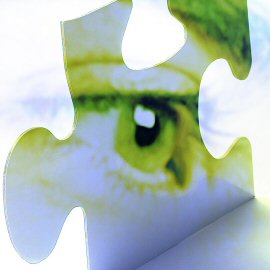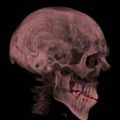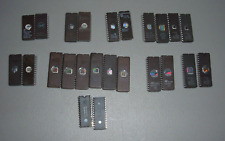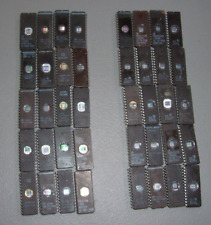
Conventional wisdom holds that a single brain cell, or neuron, acts like an on-off switch, working in concert with other neurons to generate thought patterns. But how does the human brain translate varied and even abstract visual images into a single instantly and consistently recognizable concept? A research team from UCLA and California Institute of Technology (Caltech) has shown that the process begins with a single brain cell.
The research, appearing in Nature, suggests that individual neurons are able to recognize people, landmarks and objects – even letter strings of names. The researchers say this indicates a consistent, sparse and explicit code that may play a role in transforming complex visual representations into long-term and more abstract memories. “This new understanding of individual neurons as ‘thinking cells’ is an important step toward cracking the brain’s cognition code,” said UCLA researcher Itzhak Fried.
Fried and his UCLA team drew data directly from the brains of consenting clinical patients who had been wired with intracranial electrodes. “Our ability to record directly from the living brains of consenting clinical patients is an invaluable tool for unraveling neural mysteries more efficiently and accurately,” Fried said. For the latest study, the research team recorded responses from the medial temporal lobe, which plays a major role in human memory and is one of the first region’s affected in patients with Alzheimer’s disease. In the initial recording session, subjects viewed a large number of images of famous people, landmark buildings, animals, objects and additional images chosen after an interview. To keep the subjects focused, researchers asked them to push a computer key to indicate whether the image was a person. After determining which images prompted a significant or strong response in at least one neuron, additional sessions tested responses to three to eight variations of each of those images.
Responses among the eight subjects varied with the person and stimulus. For example, a single neuron in the left posterior hippocampus of one subject responded to 30 out of 87 images, firing in response to all pictures of actress Jennifer Aniston, but not, or only very weakly, to other famous and non-famous faces, landmarks, animals or objects. The neuron also did not respond to pictures of Jennifer Aniston together with actor Brad Pitt. In another instance, pictures of actress Halle Berry activated a neuron in the right anterior hippocampus of a different patient, as did a caricature of the actress, images of her in the lead role of the film Catwoman, and a letter sequence spelling her name.
“As our understanding grows, we one day may be able to build cognitive prostheses to replace functions lost due to brain injury or disease, perhaps even for memory,” concluded Fried.
More info from the UCLA Division of Neurosurgery: http://neurosun.medsch.ucla.edu


















Comments are closed.